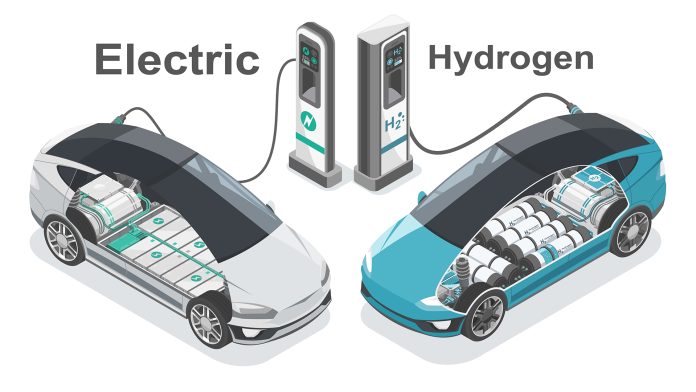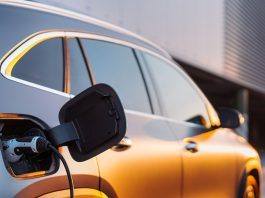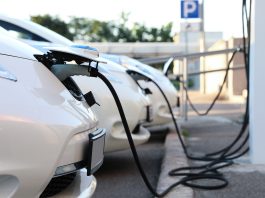The debate between electric vehicles (EVs) and hydrogen fuel cell vehicles (HFCVs) is shaping the future of green energy and transportation.
As we stand at the crossroads of a pivotal shift from fossil fuels to sustainable energy sources, it becomes imperative to compare and contrast these two leading alternatives. Both EVs and HFCVs offer promising solutions to reduce our carbon footprint, yet they also present unique challenges and potential drawbacks.
In understanding the economic viability, environmental impact, safety concerns, and infrastructural needs of these green vehicles, we can anticipate the trajectory of this green energy showdown.
This critical analysis sets the stage for a deeper exploration of each technology’s strengths, weaknesses, and role in our sustainable future.
Understanding fossil oil substitutes
Delving into the realm of fossil oil substitutes, it is crucial to comprehend the pivotal role of electric vehicles and hydrogen fuel cell vehicles in transforming the transportation sector, which is a major consumer of global oil resources.
The push towards these alternatives is largely driven by the need for energy security and carbon neutrality, with both options offering significant potential in reducing oil consumption and carbon emissions.
Renewable energy sources are integral to both EVs and HFCVs, making them a key part of the solution to our energy security concerns. With renewable energy, we’re not just shifting the source of our oil consumption from one non-renewable source to another but changing the game entirely by introducing a virtually inexhaustible energy source.
In the quest for carbon neutrality, EVs and HFCVs play a critical role. Both types of vehicles produce zero tailpipe emissions, contributing significantly to reducing carbon emissions in the transportation sector. However, it is important to note that the carbon neutrality of these vehicles largely depends on how the electricity or hydrogen fuel they use is produced.
The transition to EVs and HFCVs also presents challenges. Developing charging infrastructure for EVs and refuelling stations for HFCVs requires significant investment and planning. Furthermore, there are technical and economic hurdles to overcome, such as improving battery technology for EVs and reducing the cost of hydrogen production for HFCVs.
Electric vs hydrogen vehicles: A comparison
When evaluating the potential of electric and hydrogen fuel cell vehicles as sustainable alternatives to traditional internal combustion engine (ICE) vehicles, a comprehensive comparison reveals distinct advantages and challenges associated with each technology.
From a performance comparison and cost efficiency standpoint, EVs generally outperform HFCVs. EVs are known for their high efficiency, quick acceleration, and quiet operation. In contrast, HFCVs, while offering longer ranges and quicker refuelling times, face challenges due to their higher production costs and complex refuelling infrastructure.
The environmental impact of both options is subject to the source of electricity or hydrogen. EVs can be powered by renewable sources, reducing their carbon footprint. However, hydrogen production for HFCVs often involves natural gas, leading to CO2 emissions.
Market adoption is skewed towards EVs, likely due to advantages in technology advancements and existing infrastructure. The global EV market has grown significantly in recent years, with major automakers investing heavily in this technology.
| EVs | HFCVs | |
| Performance | High efficiency, quick acceleration | Longer range, quick refuelling |
| Cost Efficiency | Lower cost per mile | Higher production cost |
| Environmental Impact | Dependent on the power source, EVs have the potential for a low carbon footprint | CO2 emissions during hydrogen production can be produced |
Infrastructure development for EVs
Infrastructure development for electric vehicles is a critical component in the transition towards sustainable transportation, requiring strategic planning and investment in areas such as renewable energy power supply systems and charging facilities.
A robust charging network is integral to this development, facilitating the widespread use of EVs. This infrastructure, however, also demands advancements in battery technology and energy storage solutions to ensure efficiency and reliability.
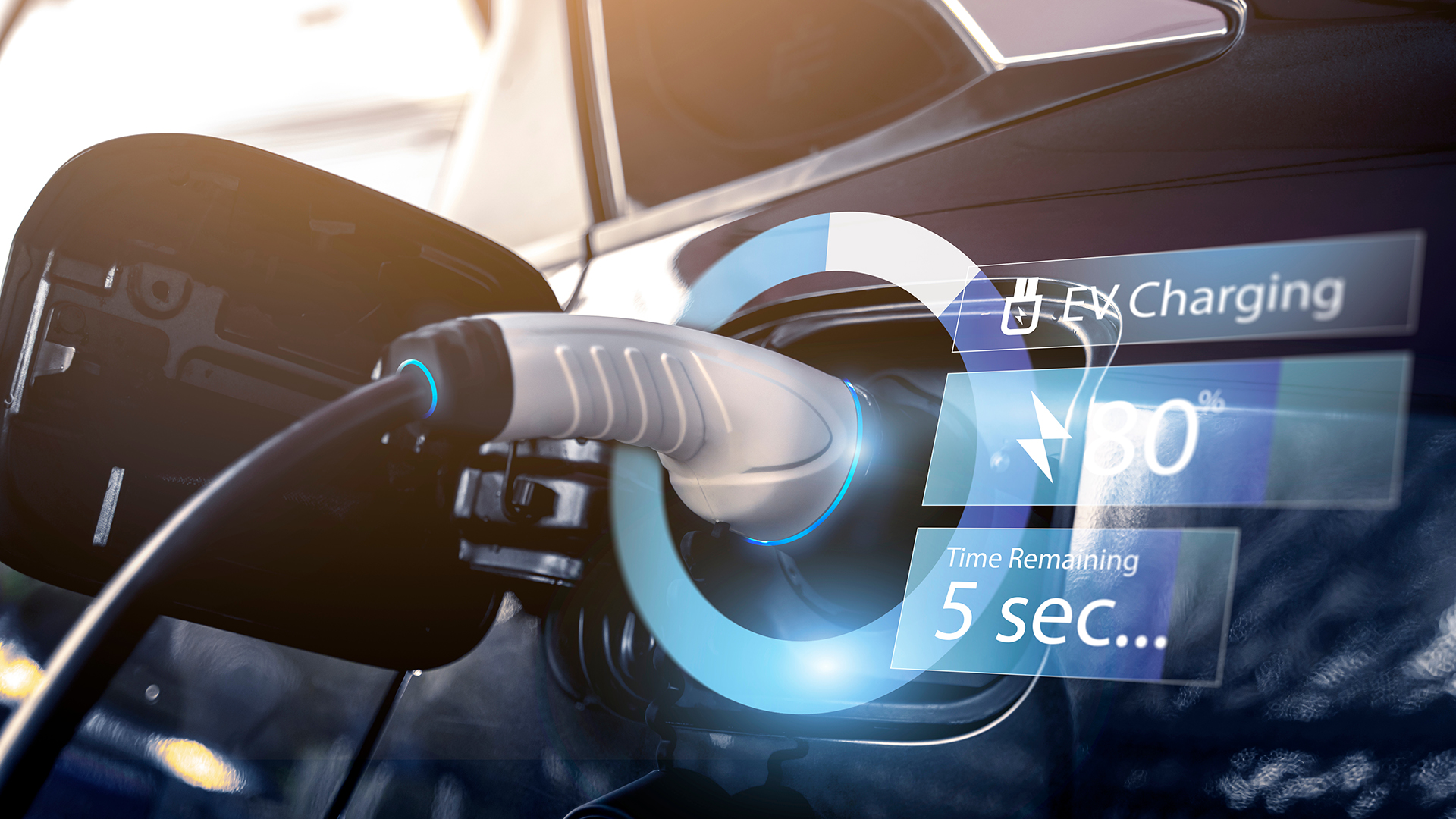
Battery technology and energy storage are pivotal to the performance and viability of EVs. Modern battery technologies increase the range of EVs and reduce charging time, enhancing their appeal to potential users. On the other hand, energy storage systems play a critical role in managing the power demand from EVs, ensuring a steady power supply during peak charging times.
Grid integration is another vital aspect of EV infrastructure. Integrating EVs into the power grid can help optimise energy use, balance power demand and supply, and potentially serve as an energy storage solution during periods of low power demand.
Sustainable infrastructure is the cornerstone of EV adoption. It encompasses the physical charging stations and supporting services, such as maintenance and repair facilities, that ensure the smooth operation of EVs.
The development of sustainable EV infrastructure involves a holistic approach, considering the environmental, economic, and social implications of the transition to electric mobility.
Innovations in sustainable energy technology
Pushing the boundaries of traditional energy sources, innovations in sustainable energy technology are playing a pivotal role in addressing the environmental challenges associated with transportation. These innovations are enabling the transition towards greener, more sustainable models of transportation, specifically with the advent of EVs.
The introduction of smart grids has allowed for a more efficient and reliable power supply for EVs, paving the way for crucial charging advancements. These smart grids, enhanced by the integration of solar power, have not only improved the lifecycle assessment of EVs but have also significantly reduced greenhouse gas emissions.
However, the successful transition towards sustainable energy technology heavily relies on its acceptance within society. Acceptance factors play a crucial role and are influenced by various aspects, ranging from the availability of charging infrastructure to the cost and performance of EVs.
To illustrate these key points, the following table outlines the role of each innovation in sustainable energy technology:
| Innovation | Role | Impact |
| Smart Grids | Efficient power supply for EVs | Reduced greenhouse gas emissions |
| Solar Integration | Enhanced renewable energy source | Improved lifecycle assessment of EVs |
| Acceptance Factors | Influences adoption of sustainable energy tech | Aids transition towards greener transportation |
| Charging Advancements | Faster, more efficient charging | Increases practicality and usability of EVs |
Promotion of electric vehicles
In the transportation sector, electric vehicles are being promoted as a key strategy towards achieving carbon neutrality. Governments are providing incentives and establishing infrastructure to support the widespread adoption of EVs.
This not only aids in emission reduction but also enhances energy efficiency as EVs convert over 77% of the electrical energy from the grid to power at the wheels, far above the energy efficiency of conventional internal combustion engine vehicles.
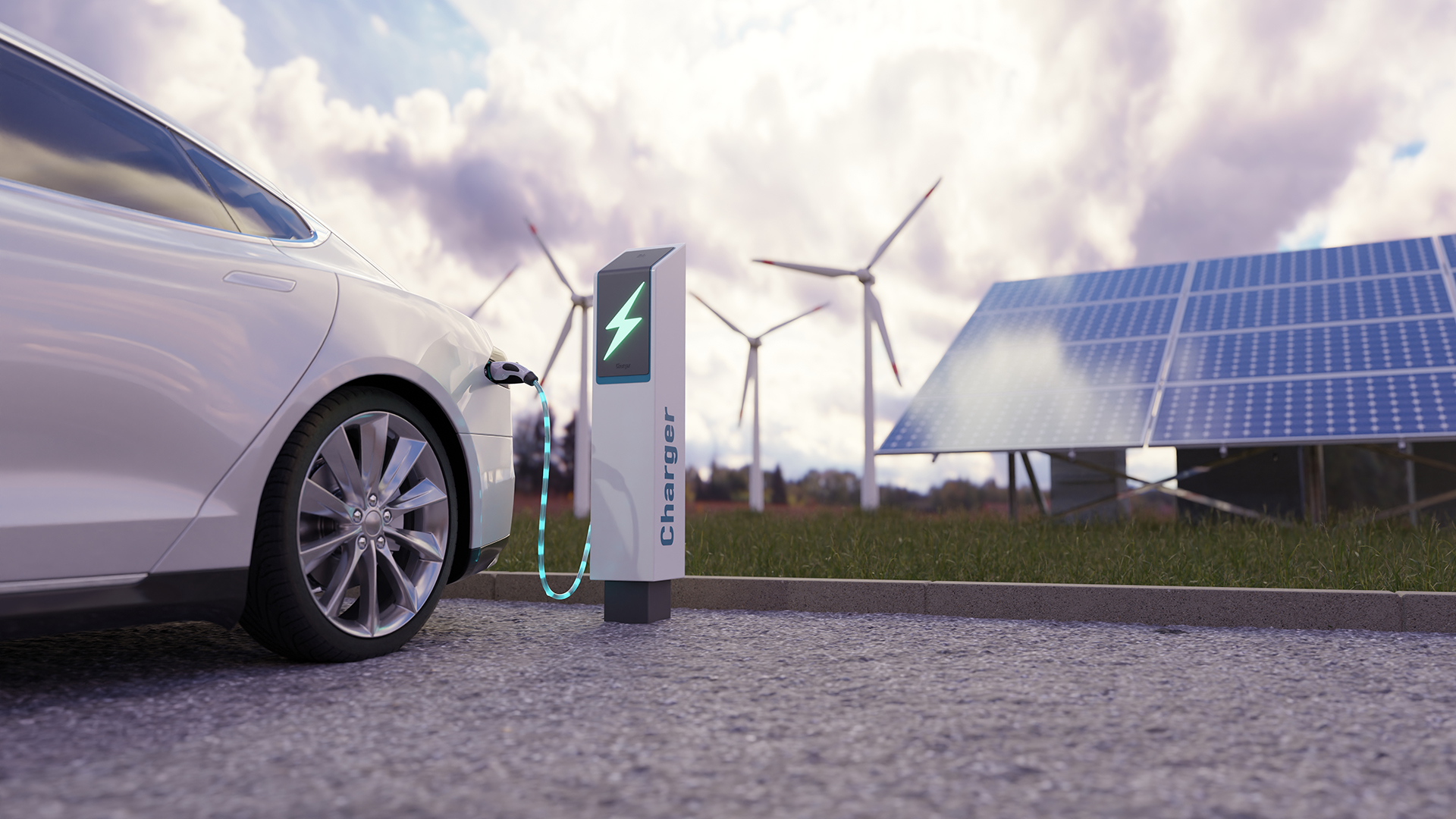
Moreover, international cooperation plays a vital role in these global initiatives. The Paris Agreement, for example, unites nations in a common cause to combat climate change with a vital emphasis on emission reduction and sustainable energy technology.
The role of policy in advancing green vehicles
Amidst the global drive towards zero-emission vehicles, policy intervention emerges as a critical catalyst in expediting this transition and fostering an era of sustainable transportation.
The policy implications are vast, pivoting around the need to create an environment conducive to the uptake of electric and hydrogen vehicles while simultaneously phasing out the use of fossil fuel-powered cars.
Regulatory frameworks play a significant role in this process. They outline the rules and standards that manufacturers, consumers, and other stakeholders must abide by, often encouraging the development and adoption of green vehicles.
Additionally, government support is crucial in advancing green vehicles, taking the form of financial incentives such as tax breaks or subsidies for consumers and investments in infrastructure like charging stations.
The legislative impact on the green vehicle sector cannot be understated, with laws enacted to mandate the use of green vehicles in certain sectors or areas or to require a certain percentage of vehicles sold by manufacturers to be electric or hydrogen.
Challenges in adopting hydrogen fuel cell vehicles
Despite policy measures, challenges remain in adopting hydrogen vehicles. High costs, primarily due to expensive fuel cell production, the lack of robust refuelling infrastructure, and technology limitations hinder widespread adoption.
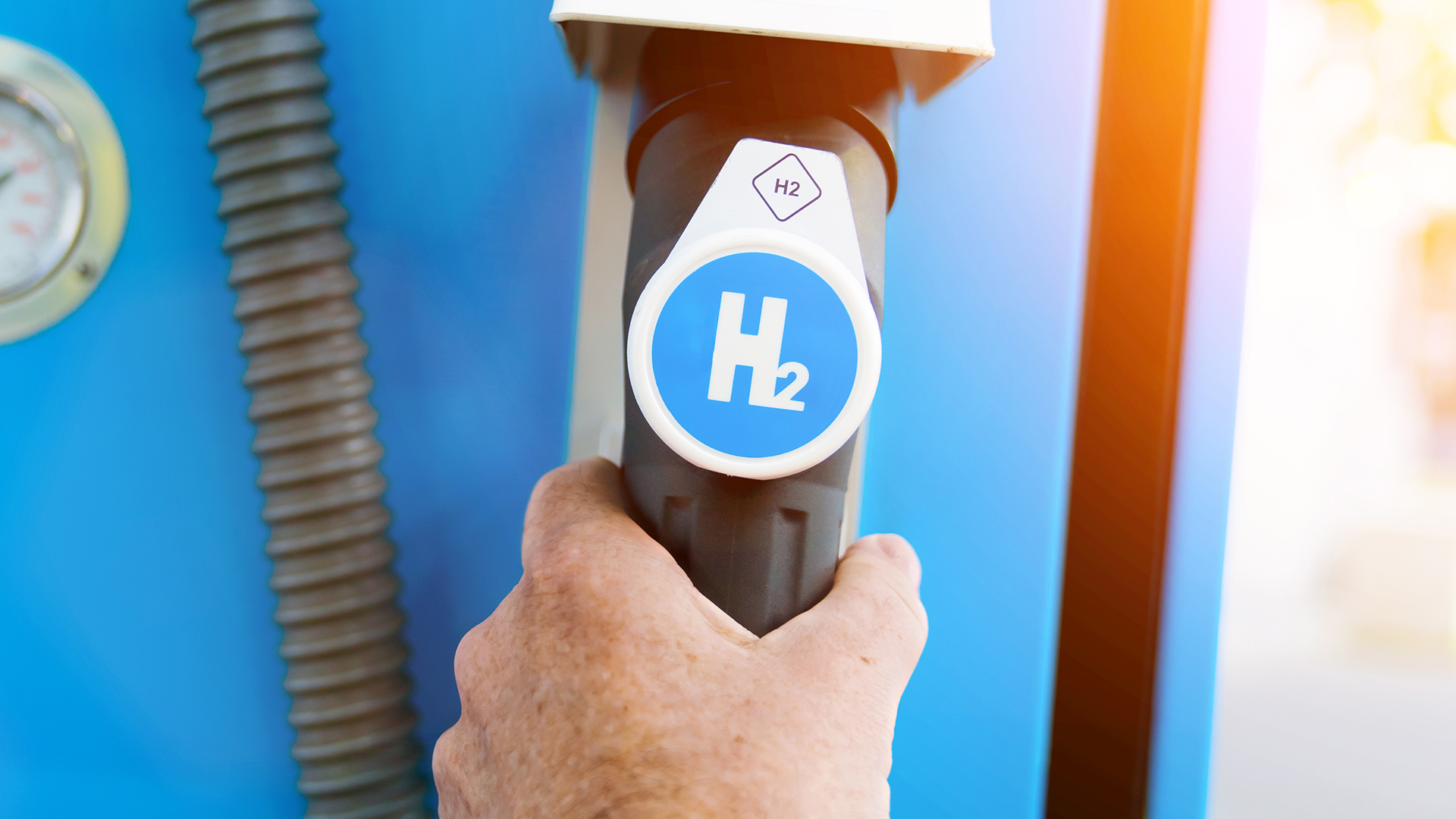
Additionally, market acceptance among consumers poses a significant hurdle, with concerns regarding awareness, safety, and preference for established technologies like EVs.
The future of zero-emission vehicles
Looking ahead, electric and hydrogen fuel cell vehicles are poised to play a pivotal role in the global shift towards sustainable and efficient transportation systems. Ongoing advancements in battery technology, coupled with the expansion of charging networks and refuelling stations, are crucial for this success.
Moreover, consumer adoption is increasing rapidly due to environmental benefits, lower operating costs, and improved driving experience, with government incentives playing a key role in stimulating demand.
Despite challenges, the future of zero-emission vehicles looks promising, with ongoing advancements and increasing consumer adoption driving the transition towards sustainable transportation systems.

